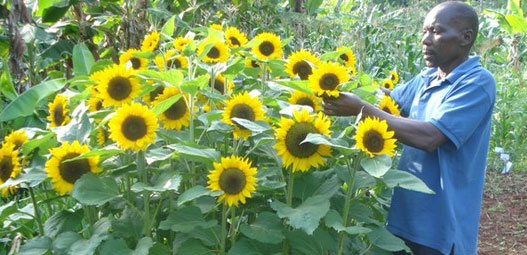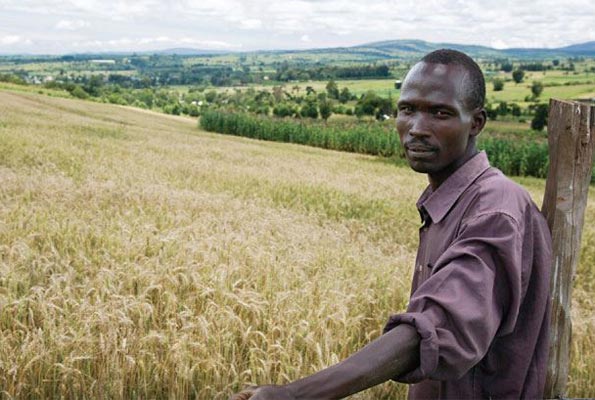
The Ministry of Agriculture has denied claims that there is contaminated milk in the Kenyan market. This is after the recent reports of contaminated food stuff in the Kenyan market, with fears that milk could be added to that list.
According to Agriculture Chief Administrative Secretary Andrew Tuimur, only a small percentage of milk contains minimal traces of animal antibiotics as farmers do not observe the treatment period regulations before milking their animals.
“We urge our farmers to stop over the counter diagnosis for their animals and instead seek professional help from the accredited veterinary and government extension officers to reduce in milk,” said Taimur during the official opening of the 14th African Dairy Conference and Exhibition at KICC.
RELATED ARTICLE: Cold weather reduces milk production, lowering processors’ intake
RELATED ARTICLE: Ministry to provide free milk coolers to farmer cooperatives to avoid wastage
RELATED ARTICLE: Milk preserving technology extends shelf life by 30 days, boosting farmers’ revenue
Farmers were also advised to prepare their own feeds to cut down on the cost of production as well as increase their profit margins.
The chief administrative secretary also took the opportunity to tell farmers benefits of making own animal feeds to reduce the cost of production as with the neighouring countries.
The current cost of producing a litre of milk at the farm level is at Sh21. This is double the cost of production for dairy farmers in Uganda which is at Sh10.
“We encourage dairy farmers in Kenya to conserve fodder and start making their own animal feeds. This will help reduce the cost of production by about Sh14 per one litre of milk,” said Tuimur.
According to a recent study done in nine countries, making of own feeds can bring down the cost by seven shillings.
“Our aim is to bring the cost to Sh14 to ensure dairy farmers benefit and if one can sell a litre at Sh35, then they will have made optimum profit,” he said.
On her side Margaret Kibogy, the managing director of Kenya Dairy Board, linked the high cost of production to expensive animals feeds and labour.
Unlike in Uganda where dairy farmers practice open grazing, in Kenya 60 per cent of the milk in Kenya is produced through zero grazing while 15 per cent is through open grazing, according to Kibogy.
“This is because land is small in Kenya so farmers especially in Central Region where there are many dairy farmers opt for zero grazing. This makes dairy farming an expensive venture,” she said.
Write comment (0 Comments)
















